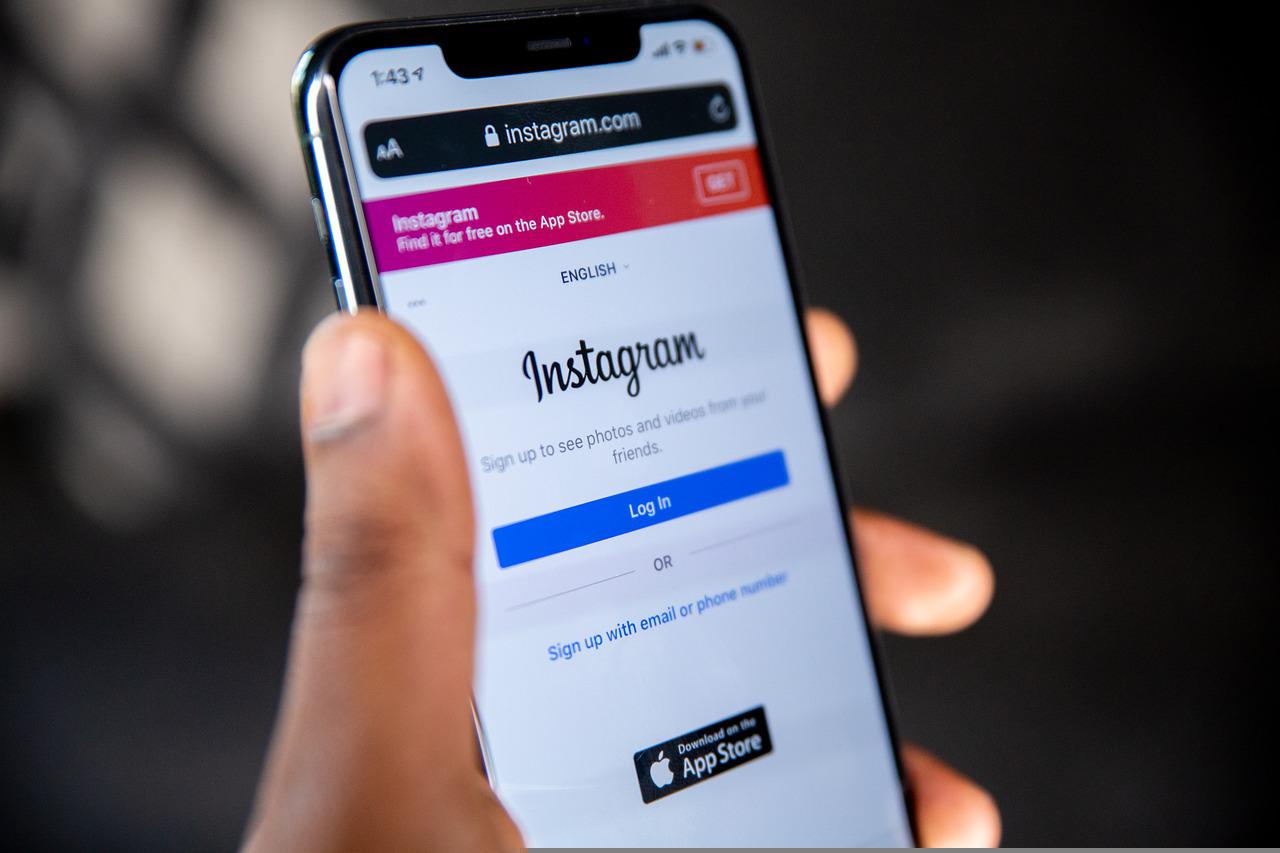eCommerce App Development: Complete Guide for Entrepreneurs
Reasons to Consider eCommerce App Development If there’s one thing we know about people, it’s that they love to shop. But customers’ approaches to buying have changed, especially in the last decade. Instead of walking around the shelves in...

Reasons to Consider eCommerce App Development
If there’s one thing we know about people, it’s that they love to shop. But customers’ approaches to buying have changed, especially in the last decade. Instead of walking around the shelves in the supermarket and waiting in long lines, people are becoming more inclined to buy things online.
Covid-19 lockdowns fanned the eCommerce spark, as people scrolled their gadgets in search of food delivery, home gym equipment, medicines, and more. It’s no wonder that global eCommerce sales through mobile devices, phones, and tablets reached $3.5 trillion in 2021 with more than 2 billion people using eCommerce platforms for purchasing goods and services. Additionally, the global market share of mCommerce in eCommerce reached 72.9% in 2021. And the numbers will continue to grow; Statista projects that in 2024, mobile eCommerce sales in the US will surpass $400 billion, nearly double the amount forecasted for 2021.
With these statistics in mind, you’ll probably start thinking of launching eCommerce app development. If you already have one, this is your sign to work on attracting new customers and increasing your mCommerce presence. In this article, we will provide a complete guide on how to build an eCommerce app effectively and efficiently.
The 8 Steps of eCommerce App Development
1. Setting a Goal
You might have already had the idea that launching an eCommerce app would be good. The first step is developing a clear vision of what your eCommerce app should be like.
Your goals probably fall into one of three categories. Firstly, you produce goods or own a brick-and-mortar shop and want your eCommerce app to help you reach a wider audience and attract new customers. The second option is that you want to develop a platform that will let others put and sell their products via your platform. Third, you may be about to make an online marketplace (like Amazon) that should bring your business to another level. Regardless of the type of app, you should shape your eCommerce app idea and set a goal for your business by answering the following questions:
What problem does my app solve?What customers do I target?How efficiently it is able to meet my business objectives?2. Target Audience
All your attempts to create a useful eCommerce app are unlikely to be effective unless you thoroughly outline and research your potential customers. At this point, you should specify your target audience and determine important aspects of their identities, such as gender, demographics, occupations, hobbies, interests, and needs. Analyze their behavior and think of how your digital product can help develop their customer journey, make their daily activities easier, or their life more convenient. This is the first step in avoiding unnecessary eCommerce app development costs and making a great app.
3. Competitors
Even if your idea for an eCommerce app seems completely perfect, don’t start development until you’ve carried out thorough research of the market and its players. Any eCommerce niche you approach will, most likely, be overcrowded with competitors. Use any possible sources (Google, Google Play Market, AppStore, etc.) to, firstly, list your competitors and secondly, study who they are targeting, what they offer, how their social media marketing works, what feedback from the client they receive (Google reviews, TrustPilot, Clutch), and how efficient their customer support is. You can take the best parts of your competitors’ campaigns and list your own competitive advantages to avoid mistakes during development and show how you can win customers’ hearts in a unique way.
4. Key Features
When you’ve set a goal, done your market research, and investigated your competitors, it’s time to brainstorm your app’s features.
Here’s a list of features for eCommerce mobile app development that you cannot afford to miss:
convenient registration processeasy authorization functionalitypersonal accountadmin pannelcatalogue and productssearchmultiple payment optionseasy checkoutreview and ratingsocial media linkingwishlist buttonpush notifications5. Platform and Development Approach
Choosing the proper eCommerce App development platform and development approach is one of the key ways to make your digital product successful. Before choosing one, consider the budget, development costs, risks, and inventory. Then choose the appropriate CMS, framework, database, and back- and front-end languages for coding.
With this information, it’s easier to decide whether you want to develop an Android app, an iOS app, or both. The choice is on you, but as you are just entering the market that might be quite difficult to build an eCommerce app for every available platform available, so you may end up with just one (Android or iOS) in the interests of low cost eCommerce app development.
Similarly, you should decide on a development approach, going either for the native app or for a hybrid one where the native approach allows you to build an app for a single platform, and the hybrid one works on multiple platforms (for example, android and iOS) simultaneously.
6. Design
In eCommerce app development, design can either enhance or destroy your app. Either it will genuinely speak for your brand identity and brand awareness and make your app stand out in the marketplace or make your app impossible to use. Try to dive into your customers’ minds and anticipate their expectations, likes, and dislikes. Improve first-time user experience by playing with nice logos, fonts, colors, visuals, and filters. Make your app simple to use and remove excess clutter that may slow down the app. Insert a user navigation button and make it fingertip touch-friendly.
7. Development
In this stage, you need to convert your idea into a working app. Developers need to prepare the front end (a prototype of your future eCommerce app), create API, and work out the back-end architecture of your digital product. If you’re new to the mCommerce market, we highly recommend it.
MVP stands for a minimum viable product. Its purpose is to be a starting point for your application with only the most vital features. It allows you to test an app on real users and get direct feedback from them. Using their comments, you can improve your app and turn it into a full-fledged and successful product.
If you are an eCommerce app development expert, you may be able to omit an MVP stage and proceed with eCommerce app development immediately.
8. Testing
Once the app is ready, it’s important to test it before releasing it on to the market. There’s a significant number of issues you should take care of surrounding functionality, user experience, navigation, loading time, payment gateway, security, etc. Conduct functional, integration, user, and device testing, plus fix bugs. Complete several rounds of testing to make sure everything works properly.
9. Launching
When the testing round is finished, your app is ready to be downloaded to corporate websites (App Store or Google Play Market). Be sure to check the guidelines before doing so.
10. Marketing Strategy
Consider your marketing strategy long before launching your product. Create some buzz around your launch to encourage downloads and use. Think about creating a landing page and a blog for your app that will both provide customers with core information about your app and its features, plus instructional and promotional videos.
Now you have the tools to turn your genius new idea for an eCommerce app into a reality. You can also use these steps to expand your existing business into the digital world. You can make your app successful by giving your audience a personalized experience and making their online shopping experience easy and fast.

 MikeTyes
MikeTyes 
































